|
I am one week from beginning the travel adventure that initiated this blog a few months back. As a Teachers for Global Classrooms Fellow, a program of the U.S. Department of State, I will be travelling to Senegal to take a deep dive into education in another part of the world. My host teacher, Fanta, has already developed an amazing itinerary and I can’t wait to experience Senegal. I’ll be meeting with education administrators, teachers, students, and other stakeholders to learn and share about education issues in both of our countries. And I’ll be conducting research on environmental awareness and attitudes among students and teachers - I’m excited to share my findings with you in the future. While I’m away my students will continue their study of life and environmental sciences with a little bit of a twist because we’ll connect what they’re learning to what I’m learning. Isn’t the power of the internet great? Your teacher goes away and yet she’s not entirely gone, she’s still haunting you via email, discussion boards and blogs. In the meantime, I’ve stepped up Operation Packing, assigning it a Code Orange. I’ve really struggled to assemble the right gear for this trip. Senegal is a predominantly Muslim country, so I’d like to respect my colleagues by dressing appropriately which means no knees showing. And I’ll be there in April with temps in the 100’s. After weeks of shopping I finally found some very light, cotton, long dresses that fit and look reasonably professional to go to work in. I look like I’m heading west in a covered wagon, but embracing a pioneer attitude would probably serve me well on this trip. So into the suitcase they go. I spent a good hour at Walmart putting together a travel pharmacy that includes Advil, Immodium, Pepto, Benadryl, a Z-Pack, Neosporin, Band-Aids, Tums, Bonine, and disinfectant. I put them all together in a neatly labeled Ziploc bag and placed it on the table in the Command Center, aka the dining room. Then it ocurred to me – I never take any of those medicines, why on earth am I dragging them to Africa? Pinterest. Pinterest told me I should pack those items, that I could not possibly survive a trip to west Africa without them. Really? I’ve survived like 40 years without most of them. Apparently I trust Pinterest more than myself because they went into the suitcase with the Laura Ingalls’ dresses.
I still have quite a few things to do before I can complete Operation Packing so the command center will remain active throughout the week. I need to hunt down some small, locally made/produced items as gifts. I still need to pick up my anti-malarial meds which had to be specially ordered. And most importantly, I need to decide which American snack foods I should bring with me to enjoy and to share. Do I have any suggestions? Comment below. Also feel free to share any packing tips you might have or recommendations for things I should bring. Much appreciated!
1 Comment
Photo from NSF website. Credit: Daniel Stahler/NPS. Have you ever met a rock star? I have, his name is Rick Macintyre. No, he’s not a member of the Rolling Stones, but he is the foremost wolf expert in the world! If your spirit animal is the wolf, than Rick Macintyre is your guy. Actually if your spirit animal lives in Yellowstone, than Rick Macintyre is probably still your guy because wolves are a keystone species and impact the entire ecosystem as apex predators. Picture it: 5am. 25 degrees. Dark. Wind whipping in the from northwest as you drive on snow-covered roads through the Lamar Valley hoping to sight a wolfie. And by wolfie, I mean a member of a unified pack that’s been in existence since 1995. These individuals wake up at 3am every day and scan the wolf transmitters (many of the wolves are collared) to start tracking the wolves of Yellowstone and then drive out and set up the Swarovski scopes to observe one of the packs. We spotted Rick and his wolfie team on the east side of Lamar, as soon as we pulled up he hopped in his Prius shouting, “Meet me at Slough Creek, the Junction Butte pack made a kill last night!” So back we drove to Slough Creek, we were the first ones there and got our scopes up while the rest of the wolfies arrived and set up. Everyone was bundled up in 3 or more layers against the morning cold and flurries fell as the sun began to light up the valley. Sure enough, up on a ridge was the entire pack, all eleven of them, four all black and seven gray wolves. They were tussling, playing with sticks, pouncing in the new snow, and exuding the joy associated with a full belly during a lean time of the year. They howled for a few minutes, perhaps in response to our presence or maybe to let another pack know of their success during the night. The sound of their howls across the valley was the epitome of wild Yellowstone, it was eerily gorgeous. As we watched the wolves, everyone was grinning and clapping with joy (or to try and restore blood flow to their fingertips), periodically you’d hear a giggle escape as someone had their face to a lens. There is nothing that compares to seeing wolves in their element, your heart pauses as your brain takes in the sight of such magnificent animals with their complex social hierarchy and acute intelligence. Rick gathered us together to tell us some stories of the Yellowstone wolves and two stick out in my mind. Wolf 21 was born into a pack of two and shortly thereafter his father was killed leaving his mother alone to raise eight pups with no pack support. The park service decided it capture the mother and pups and pen them for a few months to give them a shot at survival (this was not too many years after reintroduction of wolves in Yellowstone). After their release, 21’s mother took up with another wolf who was the runt of his litter and was not a particularly stellar physical specimen and within his own pack was the lowest ranking. But he was in the right place at the right time and he was willing to adopt her pups as his own and help raise them. At this time there was a lot of internecine fighting going on resulting in the deaths of many wolves. 21’s step dad was attacked by an alpha male of another pack and despite the odds being against him, he fought to protect his new family and won the fight, but in front of his adopted pups he chose not to kill the loser, instead allowing the alpha male to return to his own pack. 21 grew up into one of the greatest wolves (according to Rick) in Yellowstone history. He was very large, very strong, and very intelligent. He became an alpha male of his own pack and had many offspring. He fought in many battles and never lost, in fact he is the only known wolf to have died of old age. But he had one unique quality, he never killed those he beat in battle, apparently etched in his memory was that day his stepfather protected the family but chose to be a merciful victor. A grand-daughter of 21 is famous in wolf lore for a rare feat. 06 took down a grizzly bear alone and ate it. While it’s not unheard of for a pack of wolves to take down a grizzly (but rare as they prefer mule deer, elk, or bison calves) it is unheard of for a lone wolf to successfully subdue a full grown grizzly. Interestingly, 21 was known for biting grizzlies on the behind to induce them to chase him when they tried to steal kills from the pack. This gave his family time to feed. So perhaps, 06 or her mother witnessed this fearless behavior and passed on a “do whatever it takes” attitude. Photo taken through scope - six of the Junction Butte pack. So who are you? A strong but merciful 21? Or a fearless, risk-taking 06? Today I’m an 06 because I’m about to head out to snowshoe through grizzly country as they come out of hibernation cranky and hungry.
Stay tuned for the final installment of #Yellowstone2016 and in the meantime check out the student blogs at: Ecology Project International. I was just perusing my students’ blog over at Ecology Project International and I was so impressed by their writing, thoughts and insights into this adventure. I experienced what I like to call the “teacher warm and fuzzies.” It’s these rare moments (ok maybe not that rare but go with me on this) where you witness your students in all of their glory and you are just so proud and inspired by them. And then, you come across this line, “our reasonably fit, if middle-aged teacher.” What?! Aw crud, she’s right. I am middle-aged. I don’t even know when that happened. Last I remember I was living it up in my 20’s and now somehow I’m teaching students that weren’t even born when I was partying like it was 1999. Literally, they weren’t born in 1999, they will never get to party like it’s 1999. I bet Prince didn’t see that coming. I didn’t see it coming, that’s for sure. Yesterday we headed out on our second cougar transect in the Lamar Valley area of Yellowstone. This transect required hiking/climbing/crawling up to a 7000’ peak into prime cougar territory. To do this we had to break through sun-crusted snow up to my thighs wearing three layers and carrying a weighty pack. The group started off exuberantly, chattering and practically skipping up the mountain. But soon, packs formed. There was the We Have Long Legs pack, the We Get Easily Distracted And Wander Off pack, and the OMG I Don’t Think I Can Do This pack. Can you guess which one I was in?? At about 6500’ I had what I can only assume was a small myocardial infarction or a cramp. Either way, I’m sure I nearly died and as I gasped for breath and looked up at the peak with drifts of snow around me, I contemplated laying down in the snow and waiting for death to rescue me. Rescue came in a different form, a tiny, barely 100lb form, also known as Kendra. Kendra joined up with me and took the lead, this little sprite broke snow so I could follow in her footsteps. Sometimes, she’d plunge so deep she’d end up laying in the snow and have to fight to right herself to keep going. Each time this happened I’d think, “I should take the lead and break the snow except I can’t because I am old and weak and dependent on my pack for survival.” We made it to the top of that mountain. I collapsed next to a bison patty (what was he doing up this high, clearly suffering from dementia) and ate my lunch. PB&J on multigrain bread with trail mix never tasted so good. We celebrated our ascent to this summit by playing in the snow, one is never too old to play in the snow. So maybe I am middle-aged, but dang it, I made it to the top and I wasn’t even the last one down – I still got a little juice left in me yet! Stay tuned to read about our next adventure, perhaps you caught the foreshadowing in this post? What pack will you be in?
My previous post revealed my slight anxiety about taking ten students to Yellowstone, in the middle of winter, to track cougar and moose as part of larger research studies being conducted in the park by scientists. I’m happy to report that four days in and I haven’t lost any kids yet. Our adventure really began the moment we landed in Bozeman, our Ecology Project International team met us under the grizzly statue and we circled up and played a mean game of the name game complete with personalized movements. From there we loaded up in two suburbans and headed for the wilds of Yellowstone National Park. We headed into the park first thing Wednesday morning to learn how to snowshoe since much of the data collection is done via snowshoe. Cougars are elusive and shy animals, Colby (our lead scientist) has been studying them for years and has never actually seen one in the wild. So the research is done via tracking and the snow pack makes it much easier to spot and follow tracks to locate kill sites, scat, hair samples and dens. All of this data is recorded in a database for the researchers to analyze. We hit the Lamar Valley of YNP to practice snowshoeing – this area is known as the American Serengetti because of the number of animals present. We saw elk, mulies, big horn sheep, bison, and coyote while out on the snow pack. We practiced our snow shoe skills while learning how to recognize tracks by analyzing straddle, stride and print size along with characteristics of ungulate, canids and cat tracks. A tired bunch headed back to the lodge when we noticed several cars pulled off in the Black Tail area and we paused to investigate. Right there, just a few hundred yards away, wolves had taken down a bison and four were feasting while a golden eagle kept watch. Seeing wolves in the wild is simply amazing – there really aren’t words to describe the rush of seeing such gorgeous animals in nature and observing them so closely. We stayed for about an hour until exhaustion and the cold made us start to pack it in when all of a sudden, Calvin hollers, “There’s a bear!” (Comment edited to protect the innocent, the actual quote was much more colorful. ) We turned around, and a huge grizzly is barrelling down the mountain right in front of us towards the kill site. The bison scatter, the golden eagle flies off and the wolves disappear. That grizzly broke hibernation early, probably due to unseasonably warm temperatures and a receding snow pack, and sniffed this carcass out. The bear lifted the rib cage up and shoved his head inside – that was a happy bear. Through our viewing scopes we could see his fur blow in the wind. There were moments where it appeared he was looking right at us. All of my students were so awe struck, I don’t think they could decide which was more exciting – the wolves or the grizzly! We passed by today and he was napping on the remains. We are going to try and find the wolf pack tomorrow and see what they’ve been up to since this kill. Stay tuned to find out how our day with the wolfies went!
For another great blog about this expedition written by the students on the course, visit the: Ecology Project Blog.
Obviously I changed my mind and came to my senses – or the trip was already booked and paid for before I realized I must be insane. So yup, I’m heading to Bozeman, MT in about a week with ten students to prowl the terrain of Yellowstone for mountain lions. Everything is going to be great – nothing could go wrong. Although we will mostly be device-free during this expedition, I am hoping to do a bit of blogging to share some of our adventures - so check back here between March 8-16 to find out if I survive. I’m geared up according to the packing list provided by the experts at Ecology Project. Three layers plus outer gear to prevent hypothermia. I thought it was important that I verify I could in fact put all of these layers on, so the other night I pulled on my base layer of Redhead Hunting tights and shirt. Covered those with Columbia active pants for winter sports with a final overlay of fleece pants (also Columbia – thank you winter clearance sale). Repeated exercise on top half of body. Next, I coated my feet with merino wool socks and LL Bean Carabasett Boots. Then my snowpants and Eastern Mountain Sports (I have to mention all of these brands because they are entirely novel to people who live in a tropical climate) winter parka. Oh yes, and my turtle buff and Baxter down gloves. In a walk similar to the abomidable snowman I swished my way into the kitchen to show off for my husband. Did I mention it’s 80 degrees here in Florida? In less than 5 minutes I almost died from heat stroke. I literally layed down on the floor and begged my husband to pull my boots off before I combusted, but not before I practiced my snowshoeing moves. In the meantime, preparations for Senegal are underway – I’ve read every blog on how to survive long haul flights. It has become evident to me there is no way to survive long haul flights. I’m considering my prescription options at this point – except I’m too cheap frugal to pay for a doctor’s visit, so Dramamine or Benadryl will have to do!
I have learned that I need to pack facial spray, also known as water in a bottle, because the plane will dry out my skin. I appreciate the irony here since I’m heading to a place where I need a LifeStraw to drink the water but apparently I should spray french mineral water on my face at regular intervals. The sheer volume of travel tips out there is overwhelming – thank goodness for Pinterest where I can pin them all and never look at them again. What are your best travel tips? Share in the comments any recommendations for packing, airplane travel, etc.
But I was pretty determined after learning 50% of people who contract yellow fever DIE, and that the virus is endemic to Senegal, that I should probably get this immunization. I mean, who wants to have yellow eyes and bleed out your eyes, nose and mouth while vomiting – this just doesn’t seem like a fun way to explore Africa and would definitely hinder my ability to share food from a single bowl with my Senegalese hosts. I’m confident that bleeding from the eyes is an etiquette faux pas at dinner.
First let’s clarify something about what travel vaccinations you should get, the USA does not require you to get ANY immunizations to enter another country. Some countries do require you to have certain vaccinations and proof thereof to enter. The USA via the Centers for Disease Control does offer recommendations for immunizations depending on your destination country. These recommendations are based on the risk and probability of contracting particular diseases, in other words, if the CDC recommends a vaccine, it means the risk for contraction is high in that country and the health impacts serious and possibly life-threatening. For travel to Senegal, the CDC recommends Hep A, Typhoid, Yellow Fever, anti-malarial medications and all routine vaccinations (MMR, diptheria, tetanus, pertussis, polio, chicken pox and flu). Remember, the public health department told me last week I didn’t need yellow fever because Senegal was “low risk.” Let’s take a look at this little map I borrowed from the World Health Organization (see above left). Follow along with me, find the west side of Africa, look for Senegal, oh looky there it’s yellow. I wonder what yellow on this map means…I’m stumped, yellow yellow yellow, hmmmm, oh my gosh could it be yellow fever?! I made a few calls today and found this shady urgent care center that also does “travel medicine.” They said they had one dose of the vaccine and that they could take me at 7pm. Right there I should have been suspicious, what kind of health care facility other than the ER is open at 7pm?! But ok, I’m game, I mean, there’s not really a better way to spend a Monday night that hanging out in a cootie-covered clinic so someone can shoot live virus under your skin. I waited an hour and fifteen minutes before the medical assistant called me back. She proceeded to tell me it wasn’t required for me to get the Yellow Fever Vaccine to go to Senegal, seriously, my teacher friends, we are utterly failing at teaching reading comprehension, please see paragraph above on required vaccinations. So fast forward, we’re ready to go, she picks up the syringe, flicks it, and then says, “oh darn, this is an 18 gauge needle, this won’t work.” My dear readers, do you know what 18 gauge needles are for? Drawing blood. Oh my god, she almost stuck that in my arm! She returns with a new needle and switches it out. I cannot make up what happened next, she pinched my skin (it’s a subq shot) and MISSES! Yes, misses, and shoots that dose of yellow fever vaccine all over the exam room. Nooooooooooo that is the last dose of vaccine my brain shouts. Now she’s all flustered and I’m trying to remain calm as she apologizes repeatedly. She tells me not to worry, there’s enough left in the vial to mix another dose (really, can I confirm this??). Yep, she mixed me another dose, and managed to actually get in it in my arm the second time – but whether it was actual vaccine or just sterile water I’ll never know. Well I might know, in a few weeks, when I’m bitten by a mosquito carrying Flavivirus and enter the acute stage of yellow fever, at that point we will all know what was actually in that vaccine. It's going to be great - everything is going to be great. Or everything will be tinted yellow. One or the other.
I'd already had pertussis, diphtheria and tetanus over the summer, so I was caught up there and I planned on getting a flu vaccine in March. I was still up in the air about getting a rabies vaccine - I'd mostly decided against it since I could always fly home for treatment if my some chance a rabid bat swooped down in the middle of the day and bit my nose (ok, more likely a rabid kitten wandering an alley that I couldn't resist rescuing but I digress).
If you've never experienced a County Healthy Department, I highly recommend a visit, it's a great place for people watching - think Walmart but with the added bonus of illness. Bring hand sanitizer, like a lot of hand sanitizer...also you might not want to breathe while waiting just as a precaution you know against getting sick? When you check in they give you a number on a piece of paper and then you watch the television screens for your number to be called, a bit like the DMV in NY if I recall. Then you go to registration, answer lots of questions, fill out paperwork, and then get sent back to the waiting room with your number. When you're number gets called you go to a locked door and show your number through a window to get buzzed in. You have officially left the cattle pens and entered the slaughterhouse, and by slaughterhouse I mean a place where they will jab you with lots of needles with very little warning! The nurse I met with was wonderful and friendly. She informed me of my choices, for instance, did I want live oral typhoid which lasts for five years, or the two year injected vaccine? Huh, I'm not sure. Can I think about it? Then I find out there is a national shortage on Yellow Fever vaccine, so they don't have any in stock, and where I'm going in Africa is pretty low risk so even if they get some they wouldn't give it to me. Um, what?! If I really want the Yellow Fever vaccine I could call around and see if anyone else has it, but it is a live vaccine so make sure it isn't expired if I get it somewhere else - oh my god, I could be injected with expired vaccine?! Also, it turns out that the Hep A vaccine is a two shot series separated by 6 months, so I won't be fully immune by my trip - awesome, so I'll only drink some water while I'm there...at least I'm already vaccinated for Hep B, so I guess I can always drink blood instead. The nurse cannot believe I haven't received a meningococcal vaccine before, she literally asked me how I survived college without one - dear nurse, it wasn't meningitis that nearly killed me in college, trust me. Lastly, she indicated they'd write me a script for Malarone to prevent malaria, no options on that, that's all they prescribe even though there are three other options. I'll come back to that later. So we agree I'll take the injected typhoid, Hep A and Meningococcal immunizations. Getting the injected typhoid will permit me to get a Yellow Fever live vaccine if I can source some in the near future. But before they will offer treatment of any kind, they send you BACK OUT to the cashier where you pay up front - I got lucky here since I have insurance they will bill me after they bill the insurance, otherwise it's cash only, my friend. Return to locked door - get buzzed in. I sat down, and that nurse jabbed me three times in a triangle so fast I never saw it coming. However, I felt it, it was like a rocket launcher being emptied into my upper arm, the swelling was immediate and dramatic. It's been 24 hours and my arm is still aching every time I lift it - the price of wanting a little adventure. So let's recap: I still don't have Yellow Fever, my Hep A won't really be any good, I still haven't gotten a flu shot, and it turns out this script for Malarone is going to cost about $400 for the three week supply I need. Insurance doesn't cover prophylactics, but no worries, if I contract malaria, they'll cover the cost of my treatment for life. A little research indicates doxycycline is a highly effective anti-malarial medication and it costs much less, so I'm going to see if one of my awesome doctor friends might help a teacher out on this...as an added bonus, it protects against some other common infections found in developing countries. Well I am just about 24 hours from arriving in DC for the Symposium on Global Education where I will meet my cohort traveling to Senegal with me. If they haven't received their immunizations yet, I'm totally willing to do a little back room centrifuging of a blood sample and share my developing anti-bodies - that's the way science teachers roll. Ba Beneen!
Our 8 week course was arguably more challenging than most of my doctoral level courses. They came at us hard and fast, we read hundreds of pages a week, explored rich media sources on global ed, participated in webinars with experts in educational technology, global education, and teaching, and created products, I mean written products, video products, media products, all sorts of products to demonstrate our learning and mastery. We learned. A LOT. Some days too much. But we also got to know each other and what an amazing group of teachers - each of them is a beacon of what is right in the world of education and they have already taught me so much. My fellow teachers in this course reminded me of my current students - curious, philosophical, hard-working, motivated, interesting, and willing to take on a challenge.
Throughout the course, we had no idea where our field experience was going to be, so we couldn't target our learning to any one region, country or educational system. The course enabled us to apply what we were learning to our own disciplines so that we could take it right into our classrooms. I mostly focused on emergent disease and the organisms that cause these diseases. And in December, I found out my field experience would be in Senegal this spring. I'm heading to west Africa - pretty exciting if I do say so myself and I cannot wait for the adventure! You can follow me on this grand journey right here, I'll be blogging on location, posting picts, and hopefully posting video for my peeps. As I type, my students are creating storyboards for homework tonight on an emergent disease of their choice. They don't even know it yet, but it's all part of my globalized lesson plan on emergent disease. I'll be blogging about that here as well and maybe even posting links to their videos. In a few weeks I'll be heading to DC for the global education symposium and getting to meet with my fellow fellows (see what I did there?). I think it is going to be a powerful learning event for all of us and of course we're excited to meet our traveling companions (shout out to Tyler, Mary, Brielle, Jessi, Barbara, and Anita). In preparation for our trip to Senegal we have to get a few vaccines. Attention students (and teachers too) - this is where the work/fun begins! In the comments below, please let me know what vaccines you think I need to travel to Senegal and why...remember support with evidence and credible sources. Another question you might opt to answer: what emergent diseases are associated with parts of west Africa? Future posts will include information about some of the neat techie stuff I learned in my course and hopefully examples of how I'm using it in my classroom. My students are pretty awesome and I expect they'll do great things I can share with you. This will give them an opportunity to share their work and learning with a broader audience and maybe get some constructive feedback. |
About this Blog:I am a former Teachers for Global Classrooms Fellow, a program of the U.S. Department of State. I have completed graduate level training in Global Education and traveled to Senegal in April with the program to explore their educational system. This blog is a piece of the global education guide I have created to support other teachers and students in globalizing their classrooms. My focus area is life and environmental science and understanding the interconnectedness of Earth. For more information on the fellowship please visit the IREX website. Archives
March 2017
Categories |
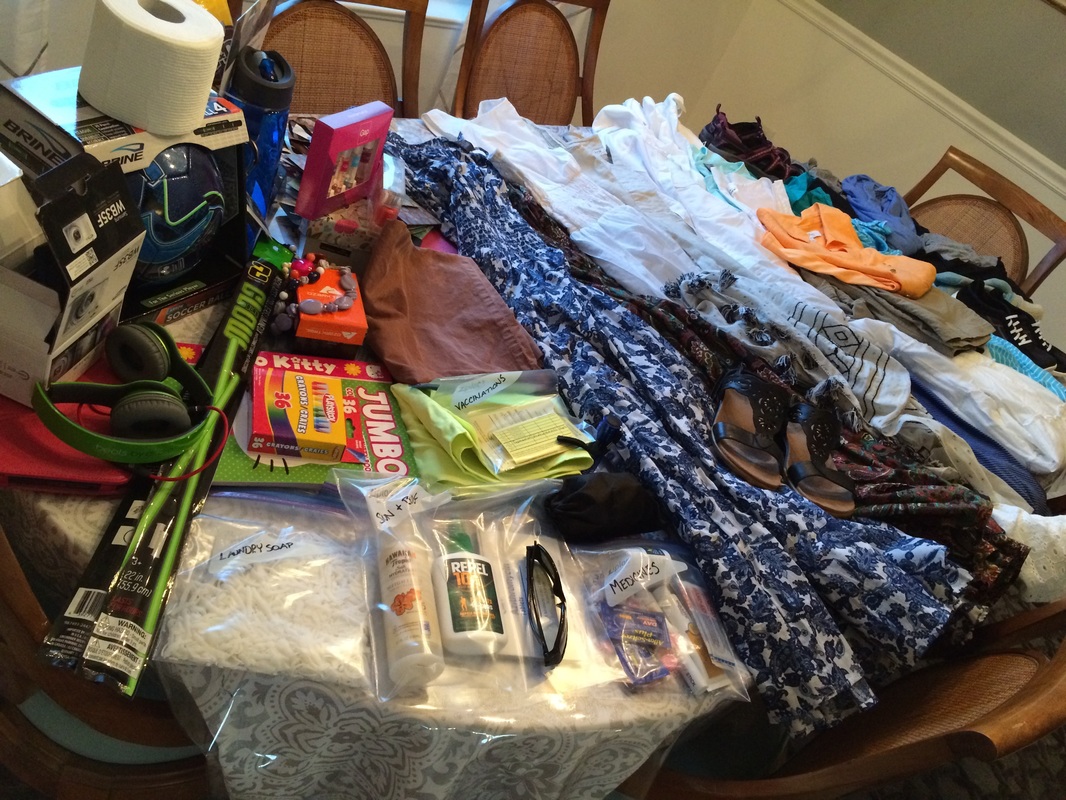
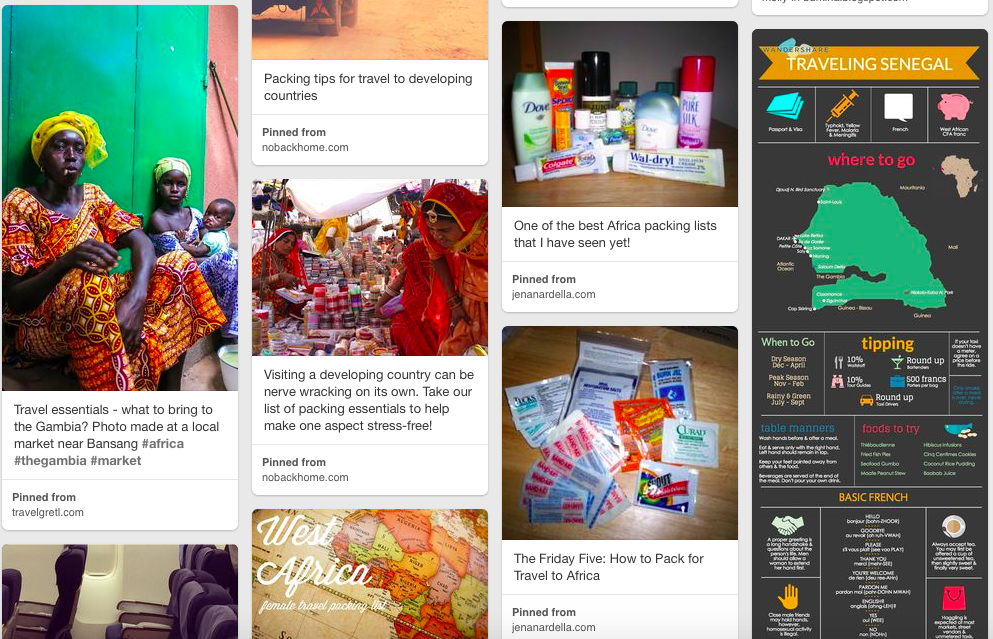
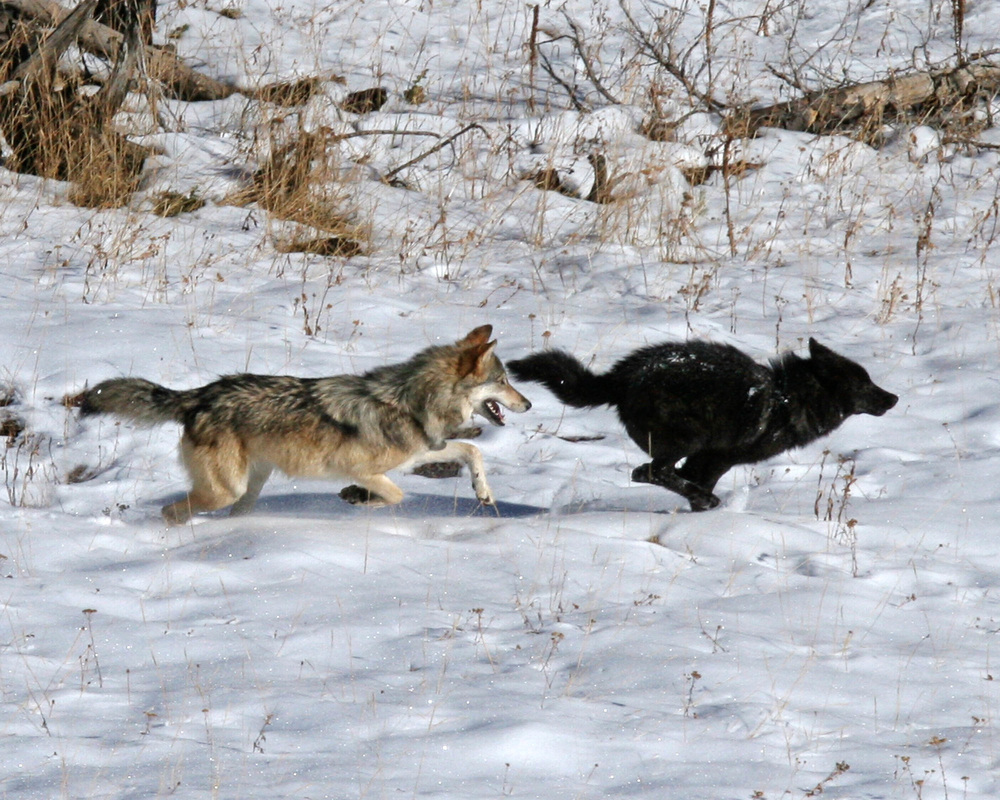
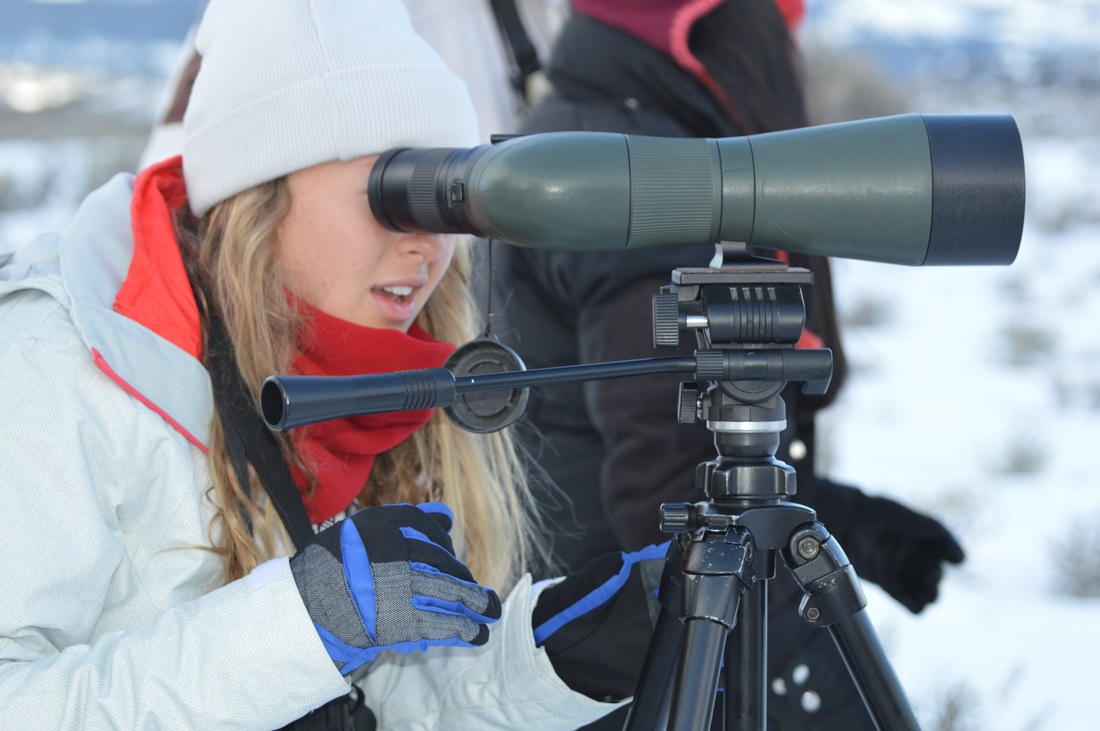
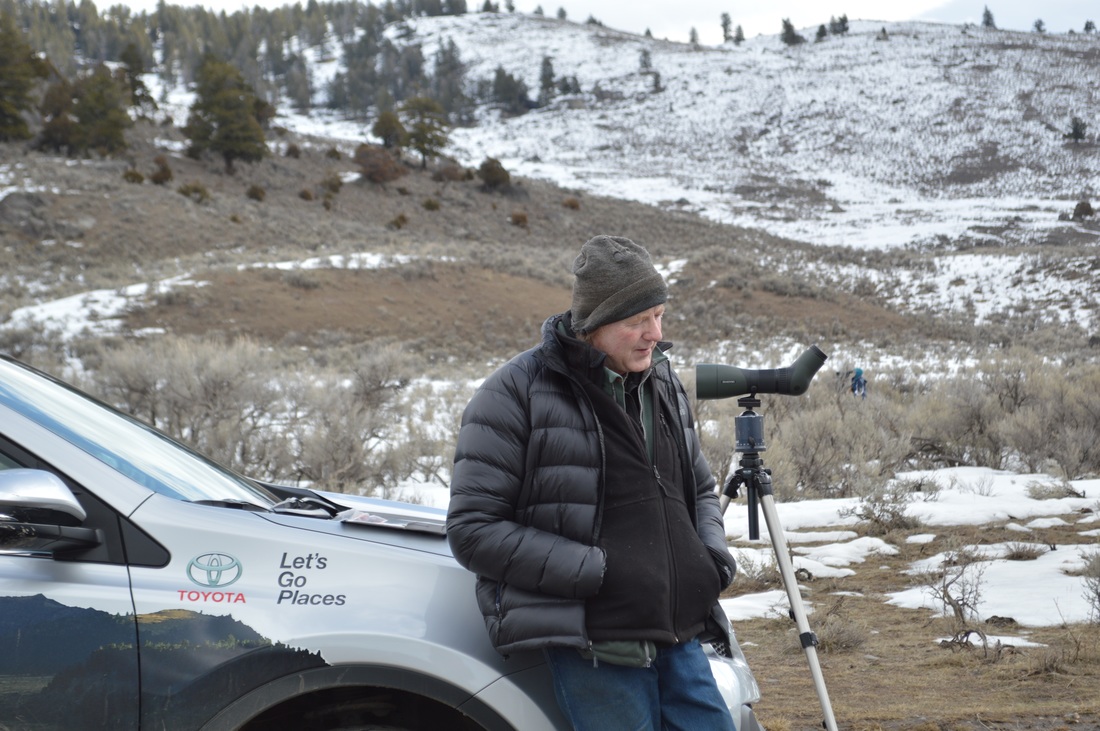
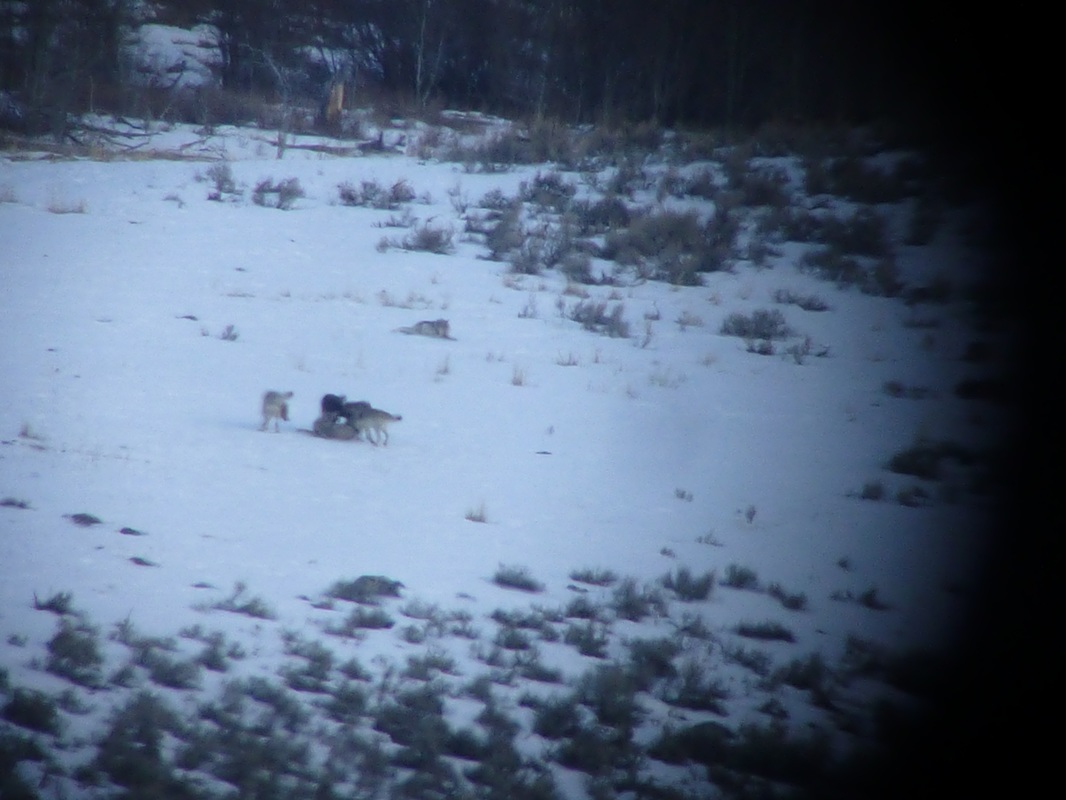
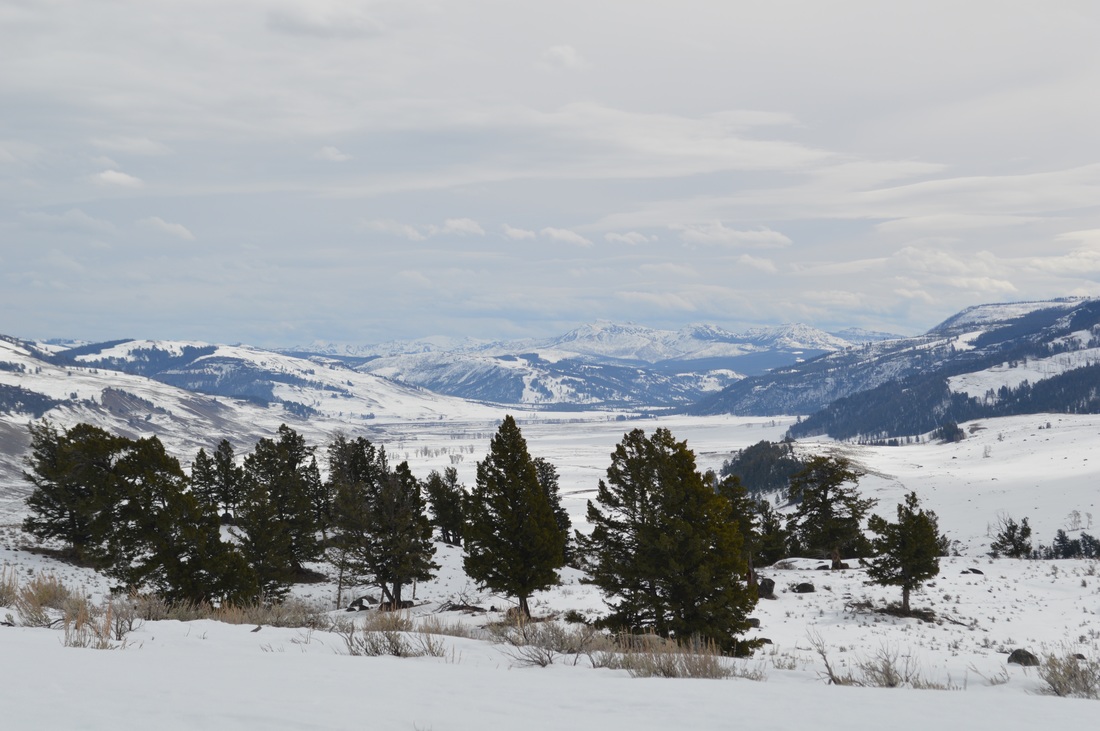
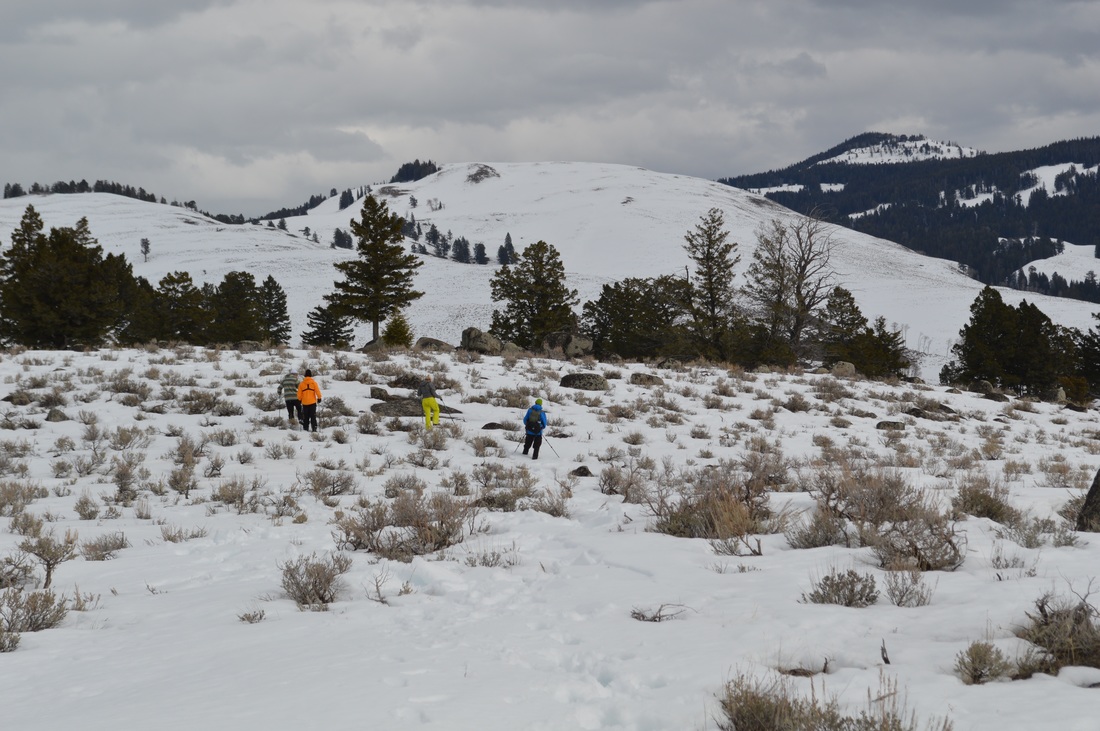
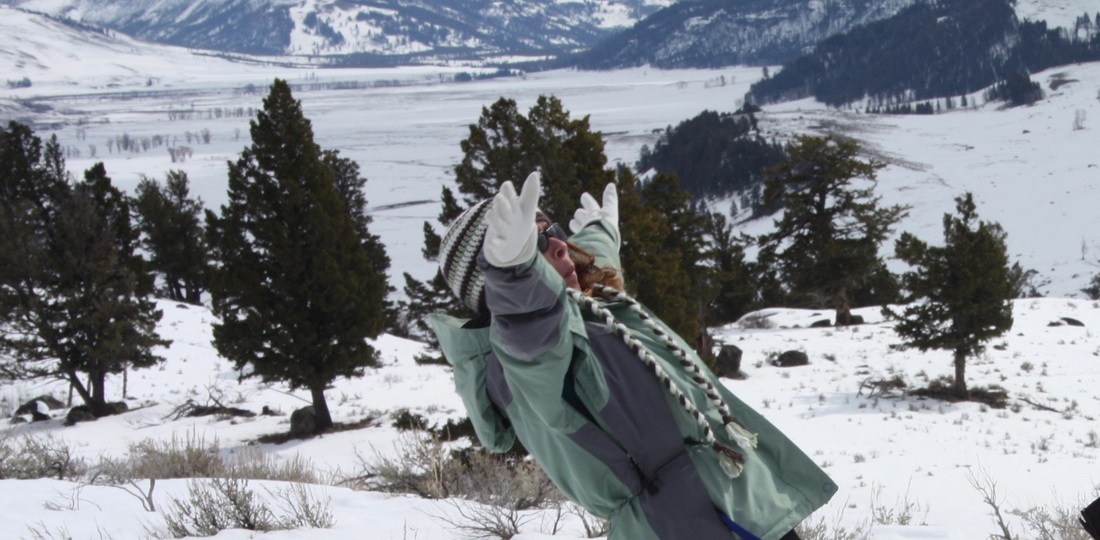
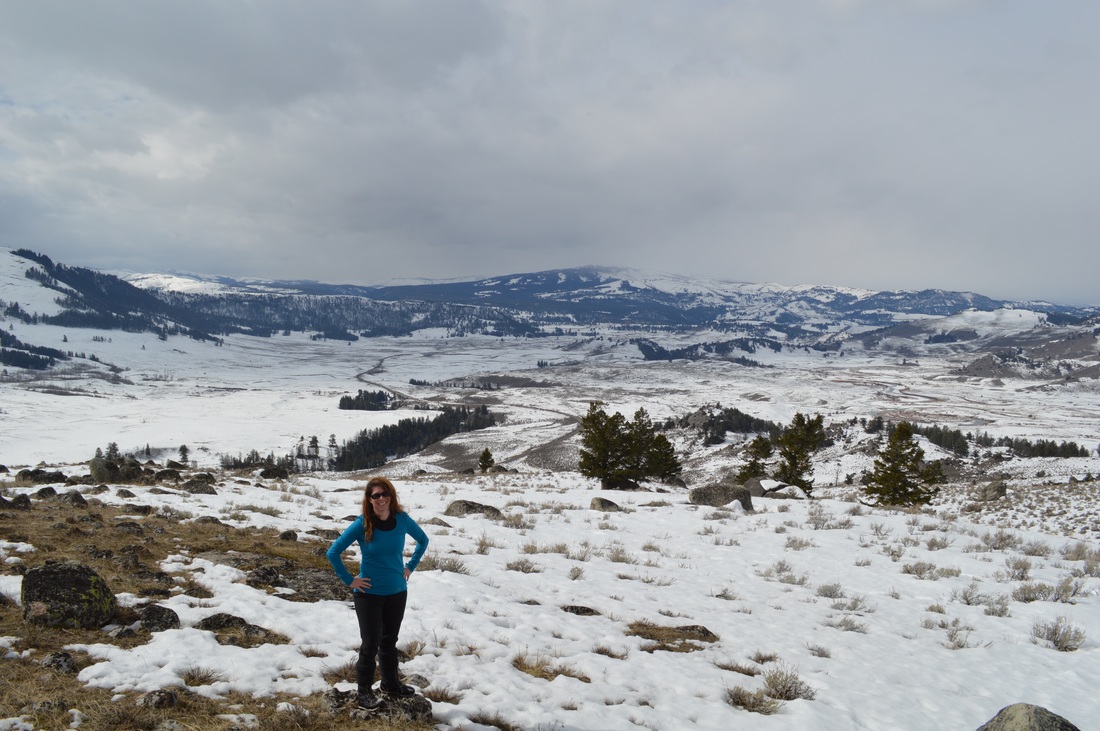
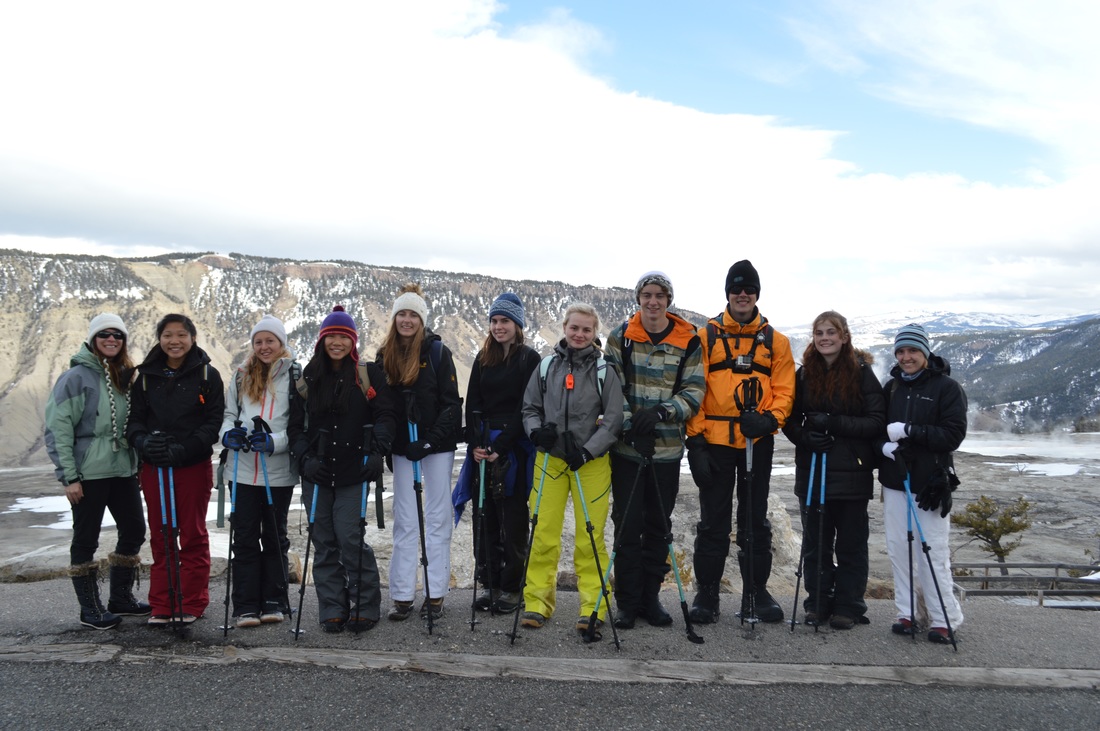
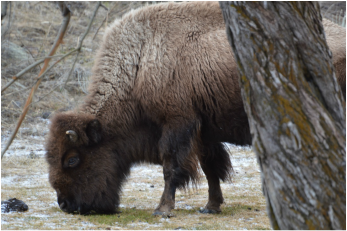
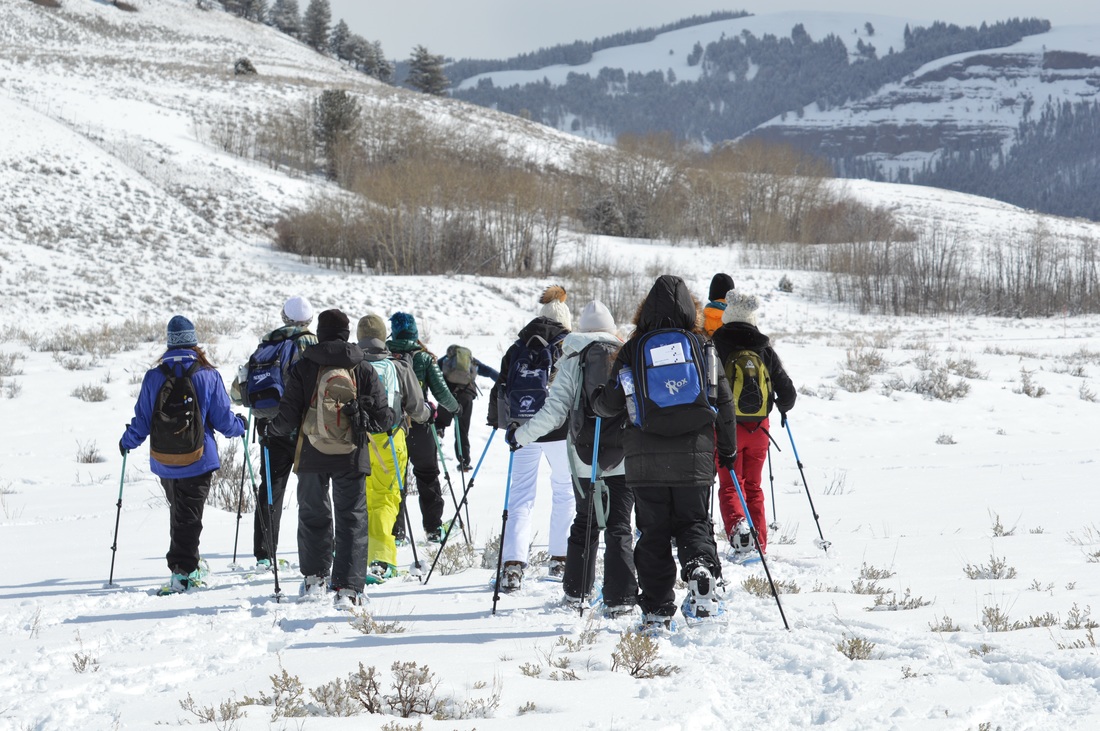
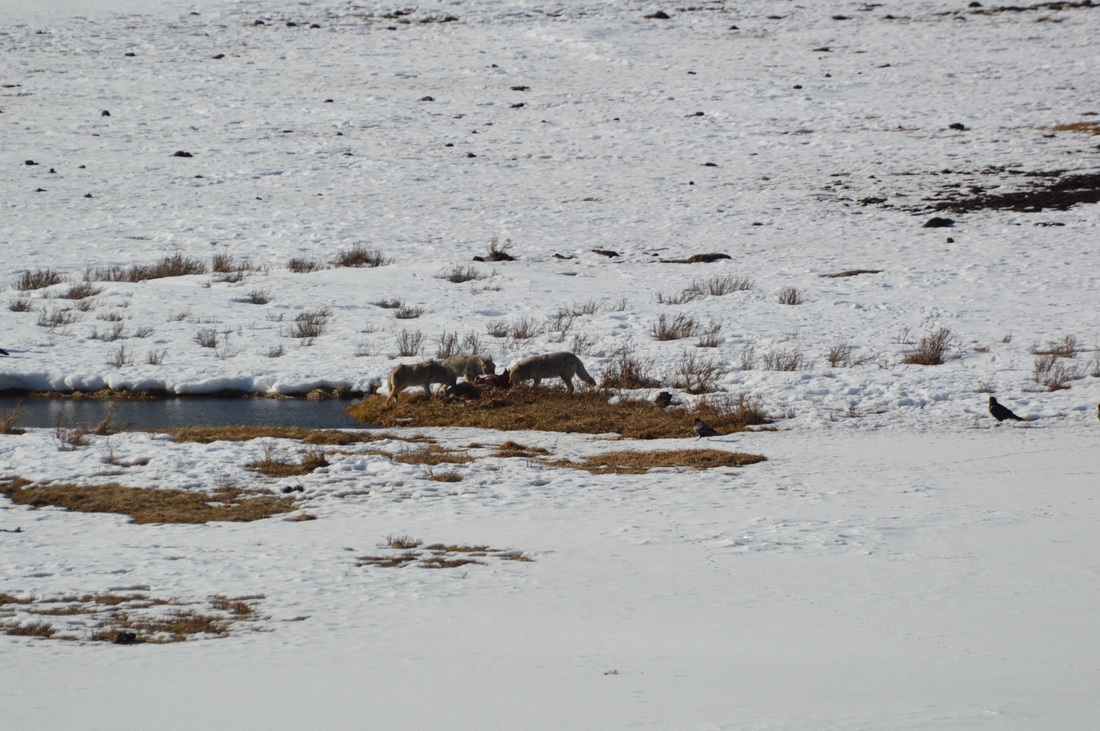
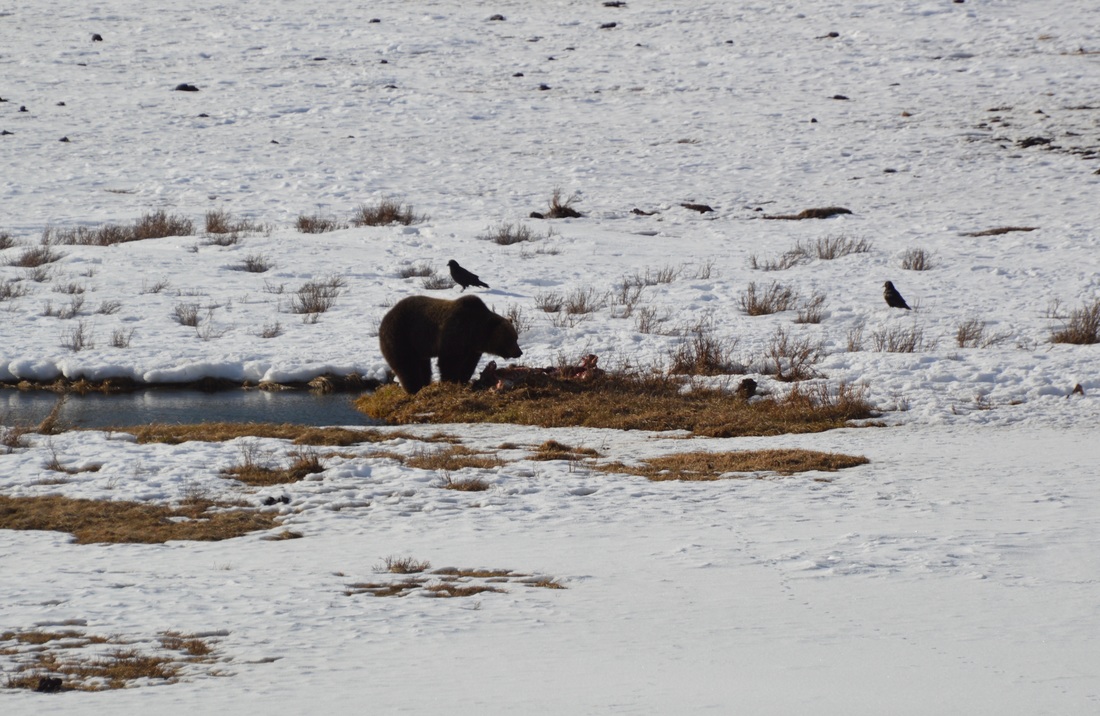
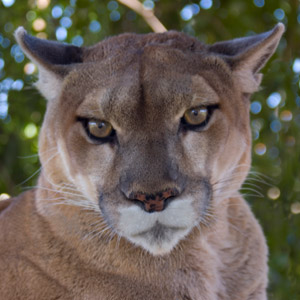
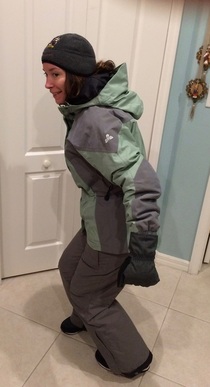
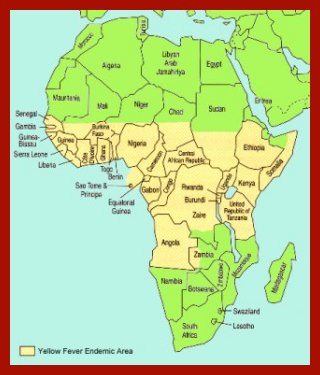
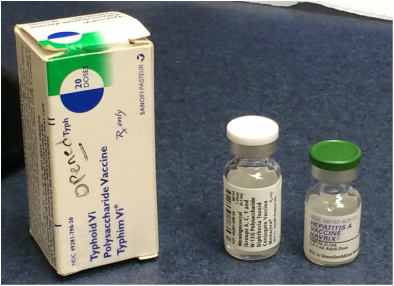

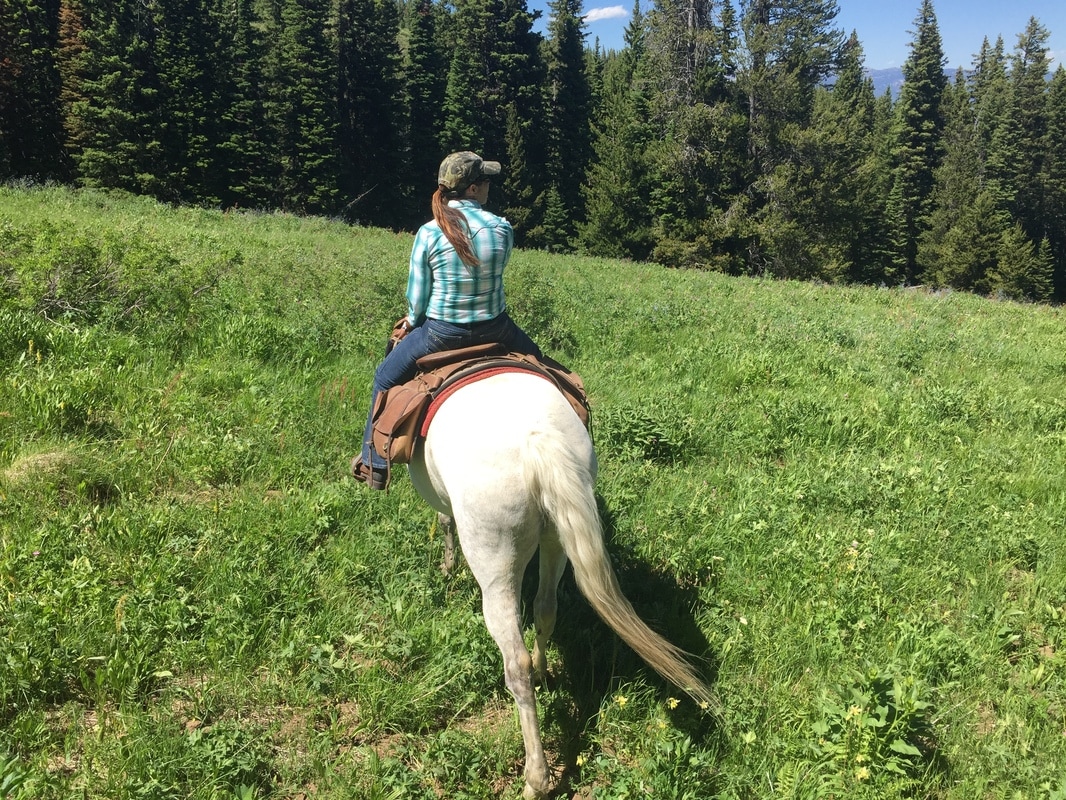
 RSS Feed
RSS Feed